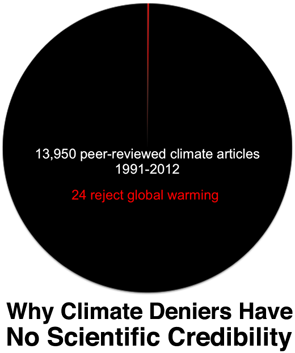Dave Cooper, Command Master Chief SEAL (Retired) for the Naval Special Warfare Development Group (DEVGRU), has authored a threat assessment concluding TransCanada's Keystone XL tar sands pipeline is potentially at-risk of a terrorism attack.
In the report, Cooper concluded operational security vulnerabilities for the pipeline have been overlooked by the U.S. government. Cooper — most famous for overseeing the Abbottabad, Pakistan Osama Bin Laden raid as the commander of Navy SEAL Team Six — wrote the report as a consultant for billionaire Tom Steyer's advocacy group NextGen Climate Action.
“The very nature of Keystone XL’s newsworthiness, should it ever be built, increases its attractiveness as a target to terrorists: Keystone XL, aside from being a 'soft' target just like any other pipeline, has a built-in emotional impact that can’t be denied or wished away,” he wrote in the report's introduction.
“That simple fact, a newsworthy proposal that engenders strong passions, should clue in pipeline owners and government officials to the very real possibility of intentional attack.”
For the report, Cooper utilized a “red cell” methodology, parlance for U.S. special operations forces performing pre-mission reconnaissance, using open source data readily available to terrorists on the internet. In so doing, the special operations forces snuff out operational security (“OpSec” in military lingo) weaknesses, which they use as actionable intelligence in defense missions.
In the report, Cooper explained he “designed [the methodology this way] to showcase weaknesses in the current reality by exploiting the same information to which an outside terrorist group would have access.”
Cooper's probe included a due diligence trip out three redacted Great Plains locations*, where Phase I of the Keystone Pipeline System is currently operational (the northern leg of Keystone XL is Phase IV). Going out into the field, Cooper came away shocked by his discoveries.
His findings raise a troubling question: have real Keystone XL terrorism threats been ignored, while non-violent activists have been labeled potential eco-terrorists? Cooper offered his take on this question to DeSmogBlog.





















